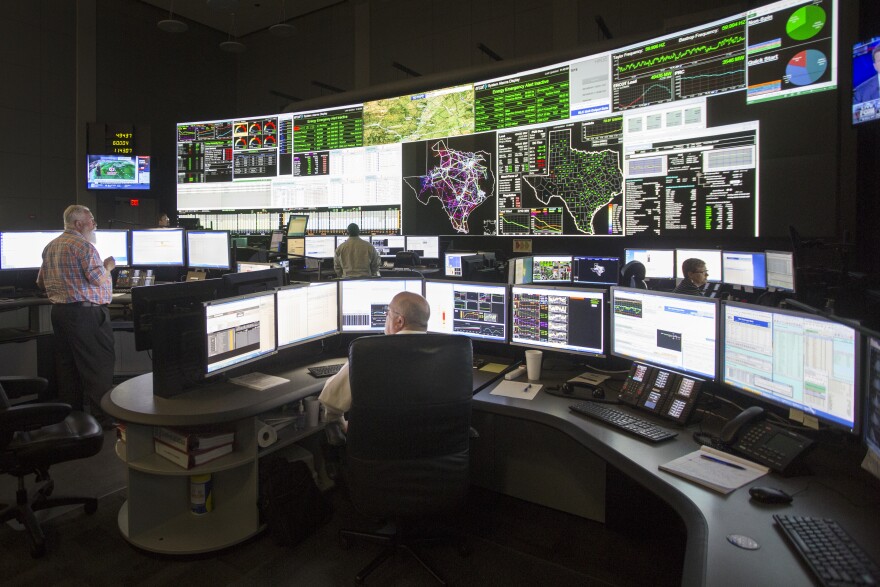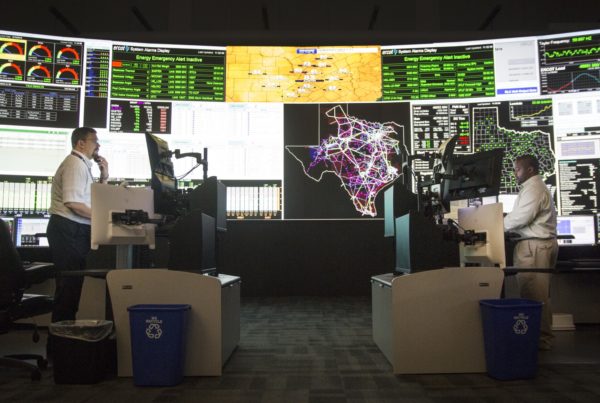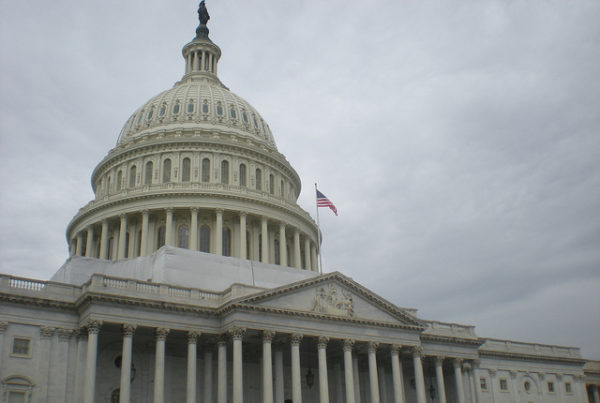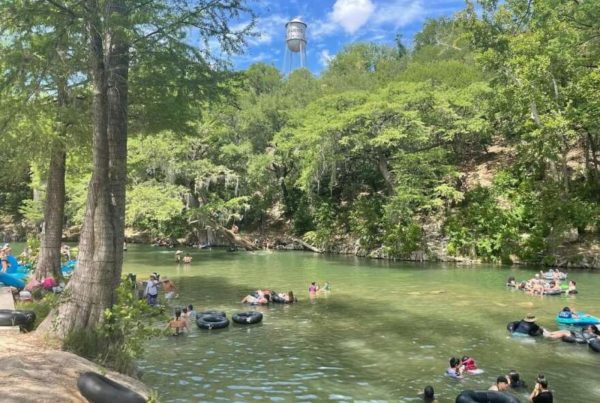From KUT:
Texans woke up Monday to a familiar fear, worried that the state’s electric grid may not provide enough energy to see them through the day. On Wednesday, the grid operator again asked people to conserve electricity.
While the anxiety is understandable, a shortfall of energy reserves on the system does not automatically mean the grid operator will order rolling blackouts.
If you, like millions of others, are wondering about the likelihood of blackouts, here’s a review of what happens if the state falls short of power:
Where we stand now
Our current grid fears were prompted by energy conservation requests from the state’s grid operator, the Electric Reliability Council of Texas. It asked people to conserve power from 2 to 8 p.m. Monday – the time when demand was expected to be the highest – and again from 2 to 9 p.m. on Wednesday.
The requests were made because ERCOT projected an energy reserve shortage at that time “with no market solutions available,” according to an operations notice posted to its website.
It’s important to note that an energy “reserve” shortage is not exactly the same as an energy shortage. It means that the grid may not have a comfortable amount of reserve energy in addition to what ERCOT expects demand will be. The grid operator wants to keep an extra cushion of “just-in-case” energy in reserve. The initial notice warned that that cushion was expected to be less than it should be.
Remember: Balancing supply and demand on the grid is ERCOT’s main responsibility. If that balance falls out of whack, the grid could suffer what’s often called a “catastrophic failure,” a crash far worse and lasting far longer than what the state experienced in the February 2021 blackout.
ERCOT’s Energy Emergency Alert Levels
Just because “market solutions” may be lacking to provide a suitable reserve of electricity on the grid, ERCOT still has things it can do to balance supply and demand. Those actions can include finding new sources of energy supply or paying big energy users to reduce their demand.
ERCOT will take those emergency actions depending on how severe energy scarcity becomes. The more scarce energy becomes on the grid, the higher the “Energy Emergency Alert Level” ERCOT declares.
You can find detailed information about the three alert levels here.
It’s important to remember that deciding when we enter into these alert levels depends on the subjective determinations of the state’s grid operators. For example, Energy Emergency Alert Level 1 is supposed to be declared only if ERCOT thinks energy reserves will fall below 2,300 megawatts “and won’t recover within 30 minutes.”
Without getting too into the weeds, each alert level provides the grid operator with options to try to reduce energy demand and increase supply. For example, at Energy Alert Level 1, ERCOT begins importing more power from neighboring grids on some of the few, relatively small, interconnections the state maintains. At Alert Level 2, ERCOT tells large industrial energy consumers to stop using so much power, a grid reliability measure that ERCOT, and by extension Texas energy consumers, pay these big companies to provide.
Only if all other efforts prove insufficient does ERCOT move to Alert Level 3, a level at which it can order blackouts to reduce demand and rebalance the grid.
The blackouts (also called “planned outages” or “load shed” by people in the grid business) are typically “rolled” throughout the population, to make sure no one is without power for too long. Of course, that doesn’t always happen. In February 2021, millions lost power for days.
Monitor the grid yourself
If you’re interested in keeping tabs on grid conditions and monitoring what stages of energy scarcity the grid may approach, you can find that on the ERCOT website.

















